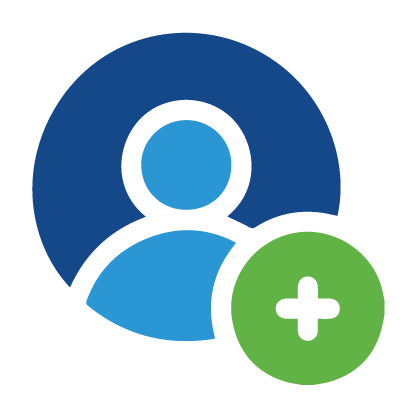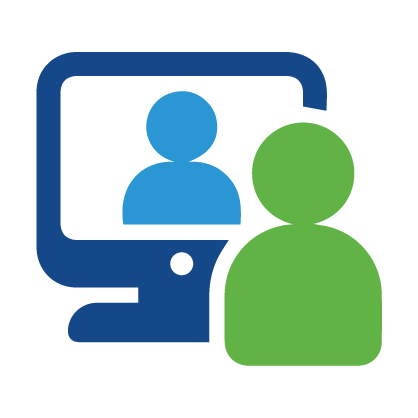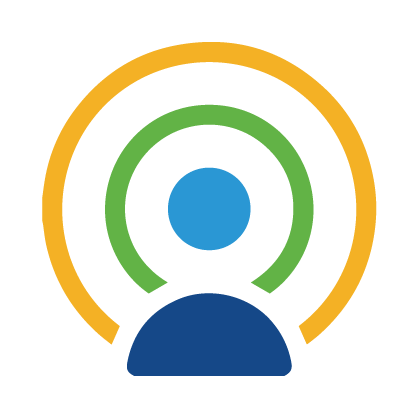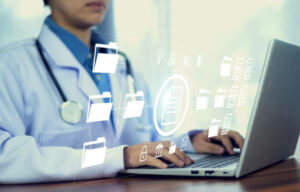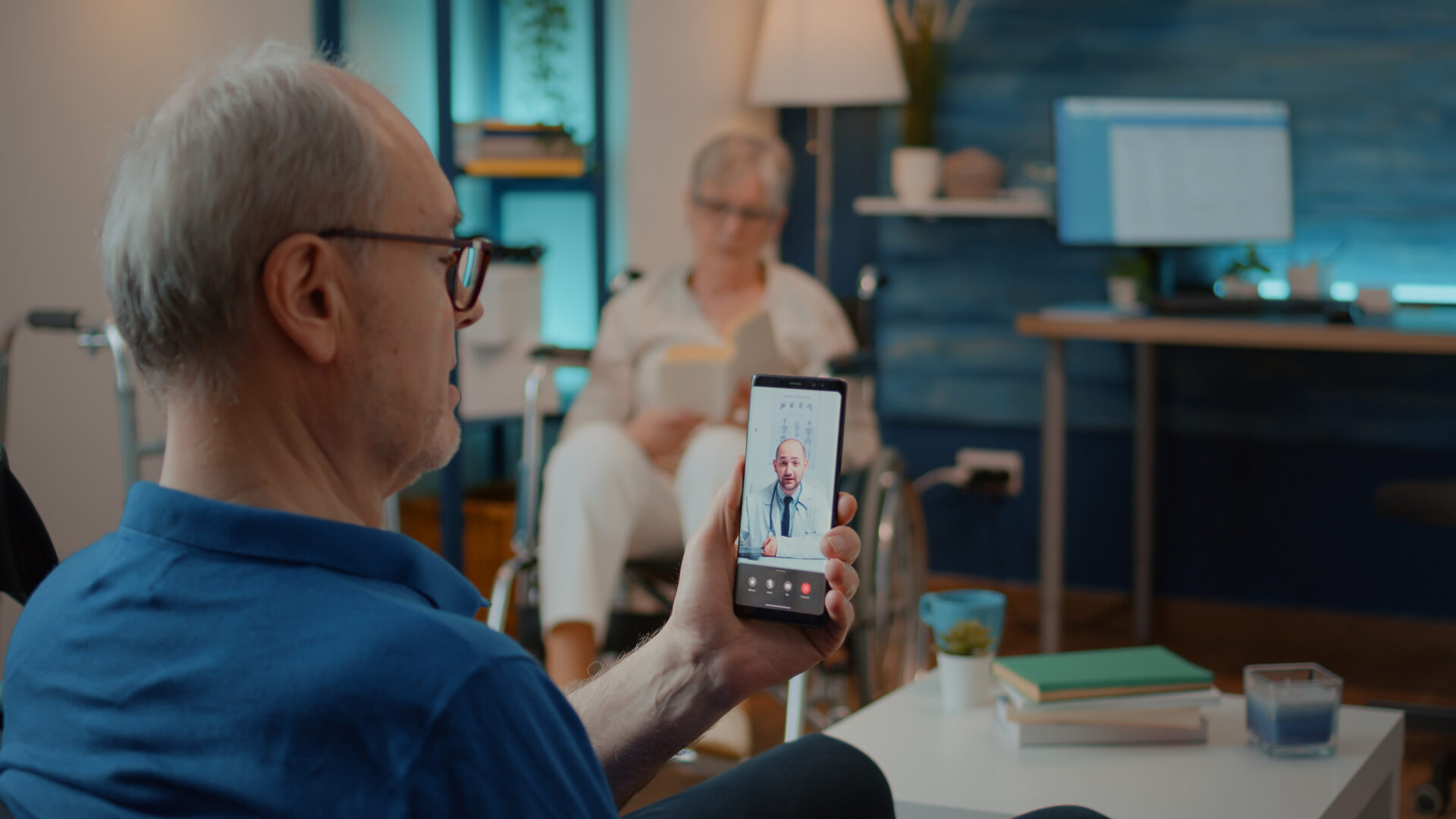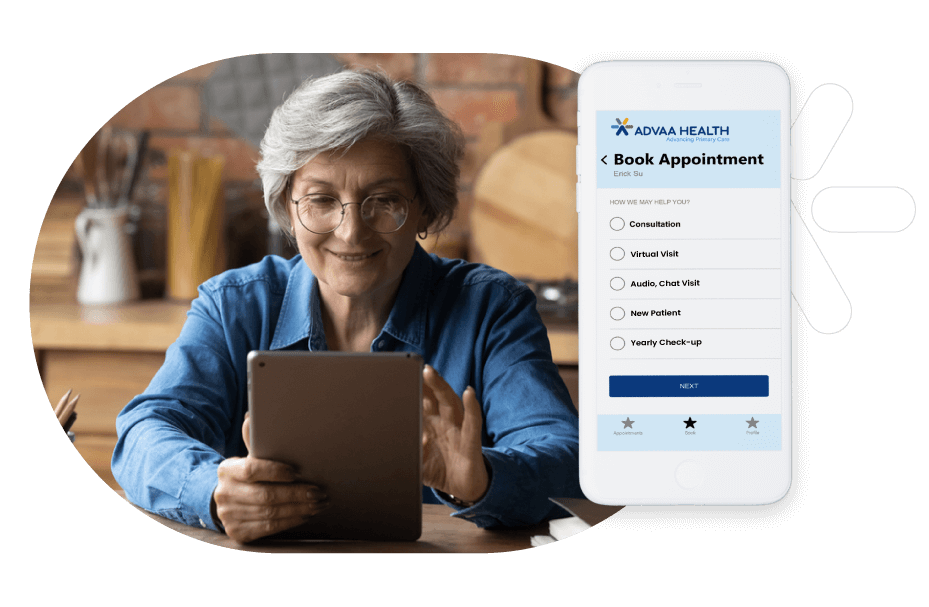Remote patient monitoring (RPM) is rapidly transforming primary care, enabling providers to track patients’ health from a distance using digital tools and wearable devices. This technology allows clinicians to focus their in-person resources on those with acute needs, reducing wait times and improving access for all patients. By collecting real-time data on metrics such as blood pressure, glucose levels, and heart rate, RPM service software empowers primary care teams to intervene early—often preventing complications before they escalate. Programs like those at Mount Sinai and Erie County Medical Center have shown that RPM can improve blood pressure control and foster better patient engagement, especially for those facing transportation barriers or living with chronic conditions like hypertension and diabetes.
However, the promise of RPM comes with challenges. Patient compliance remains a significant hurdle, as consistent device use and data transmission are essential for accurate monitoring and timely intervention. Additionally, insurance-mandated co-payments—such as the 20% Medicare Part B copay—can be a barrier for some patients, potentially limiting access to these valuable services. As New York Medicaid expands coverage and reimbursement for RPM (e.g., CPT code 99457 at $41.80 per month), practices must balance the benefits of enhanced care with the realities of patient adherence and out-of-pocket costs. Ongoing communication, education, and support are critical to maximizing the impact of RPM in primary care.

